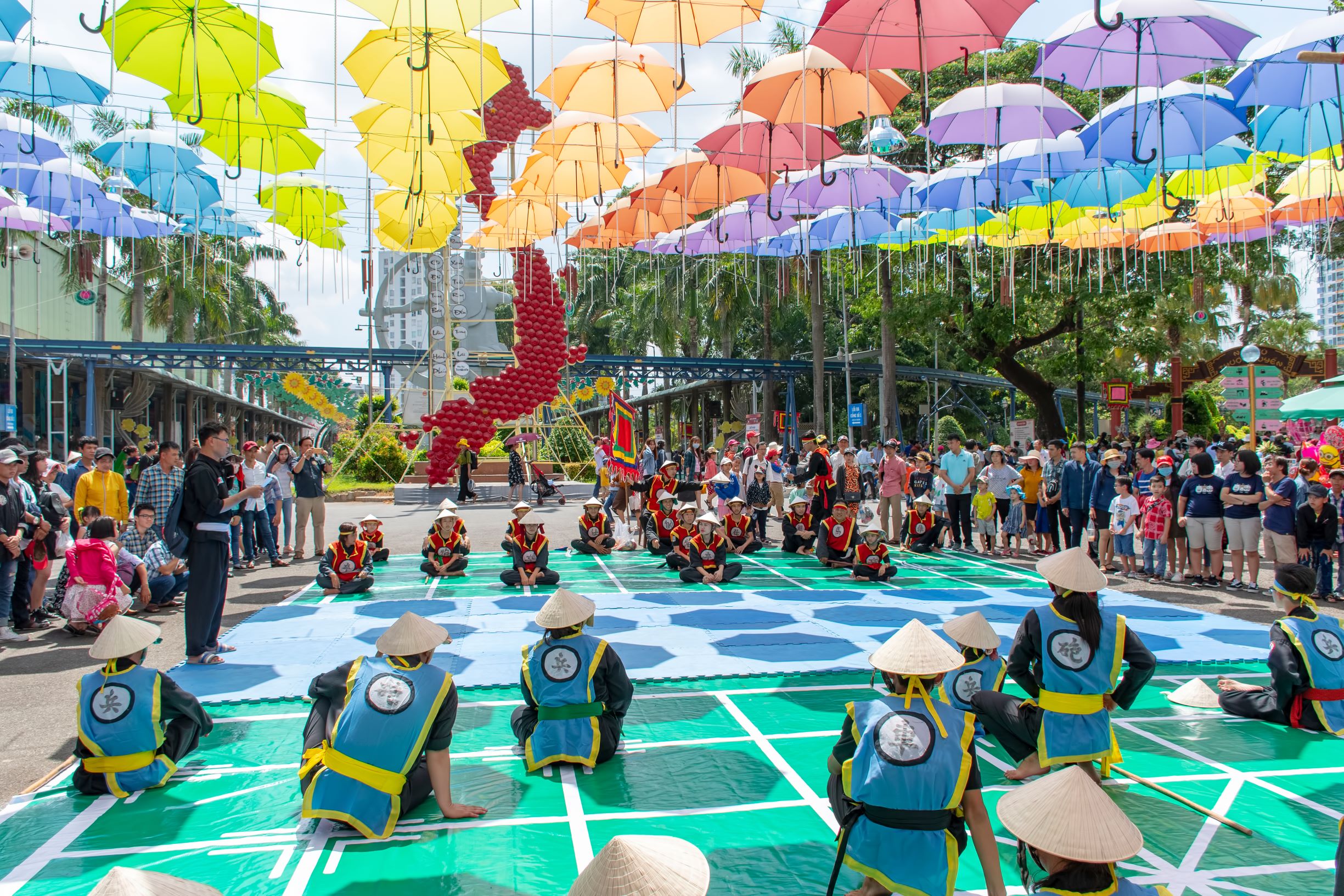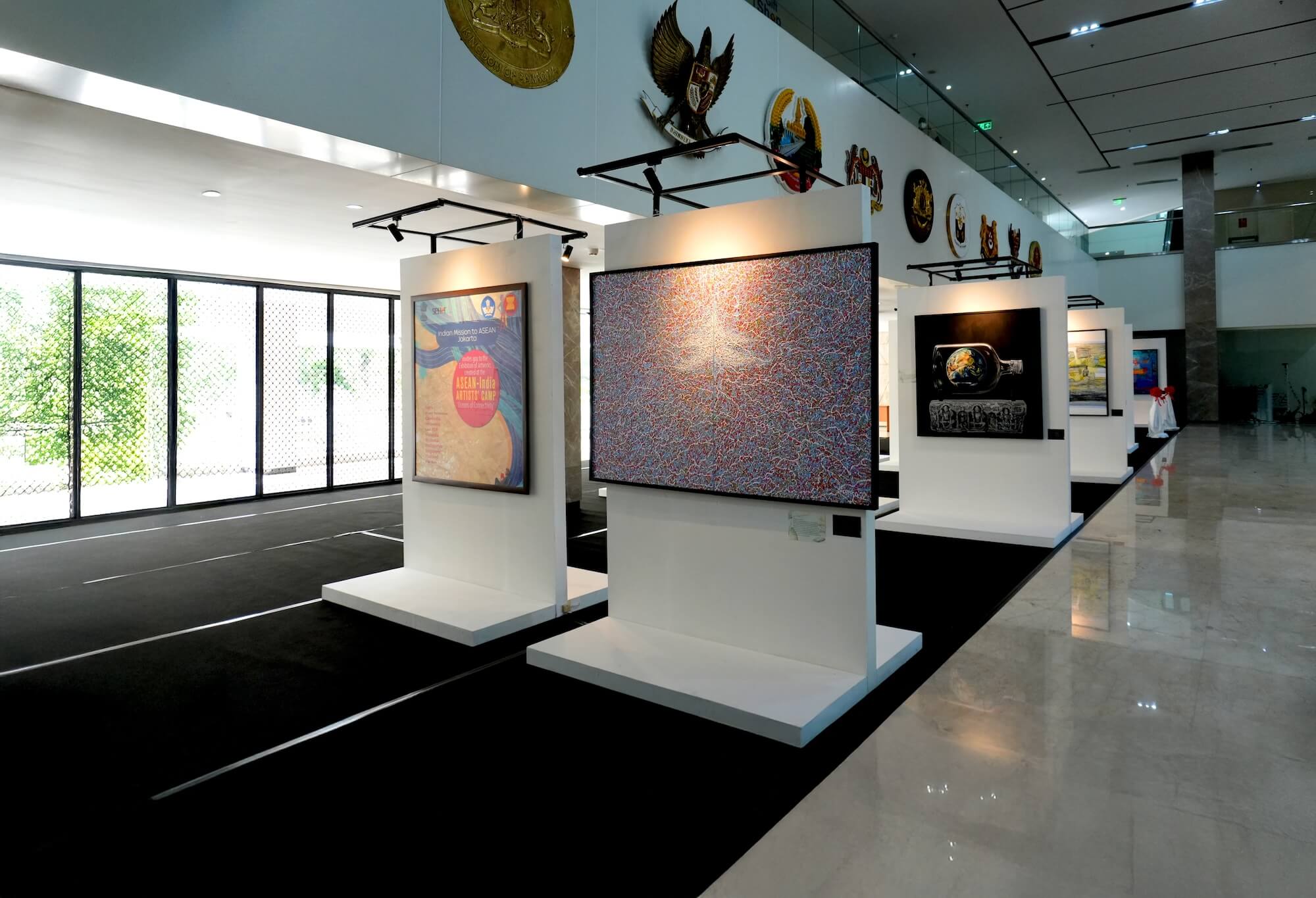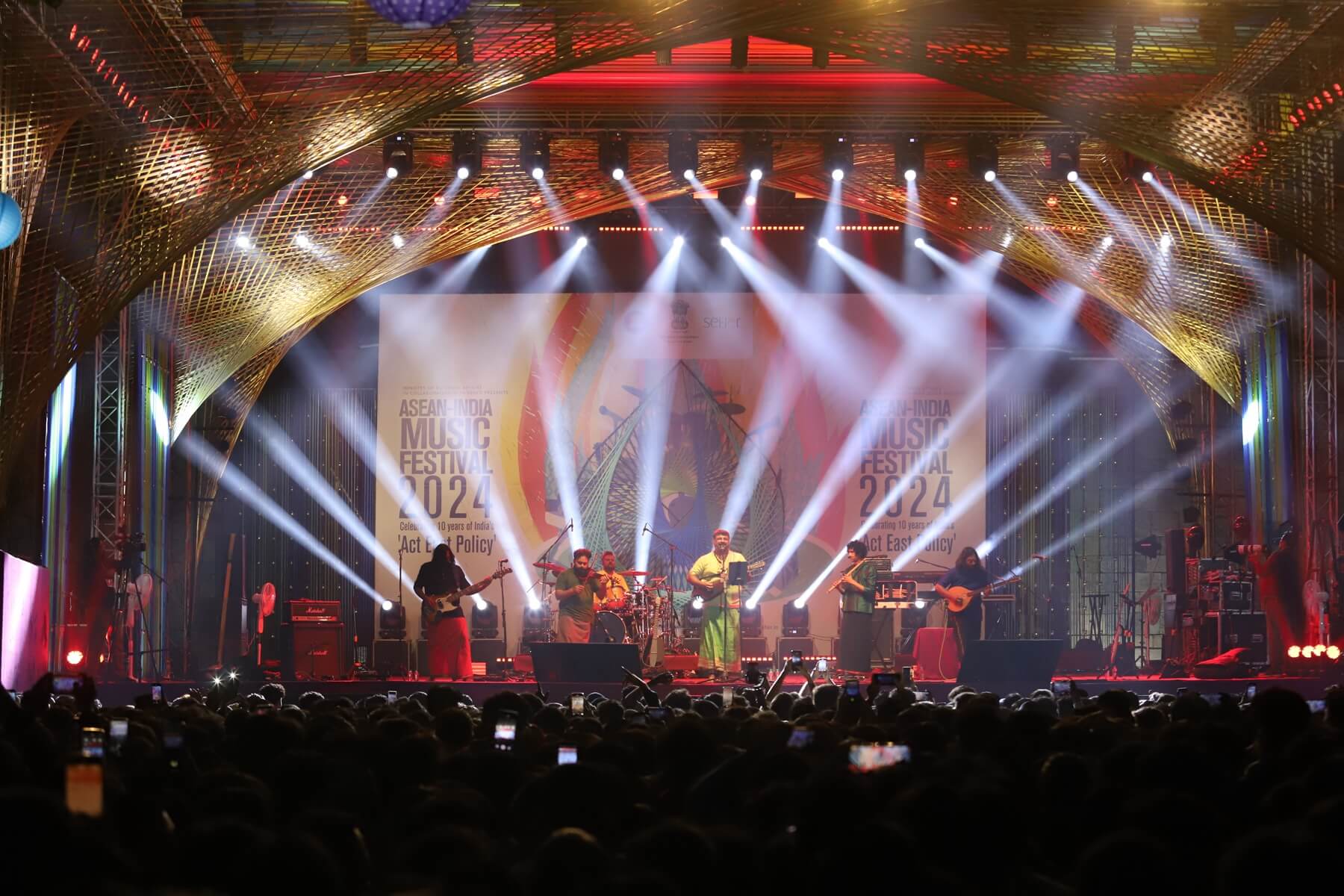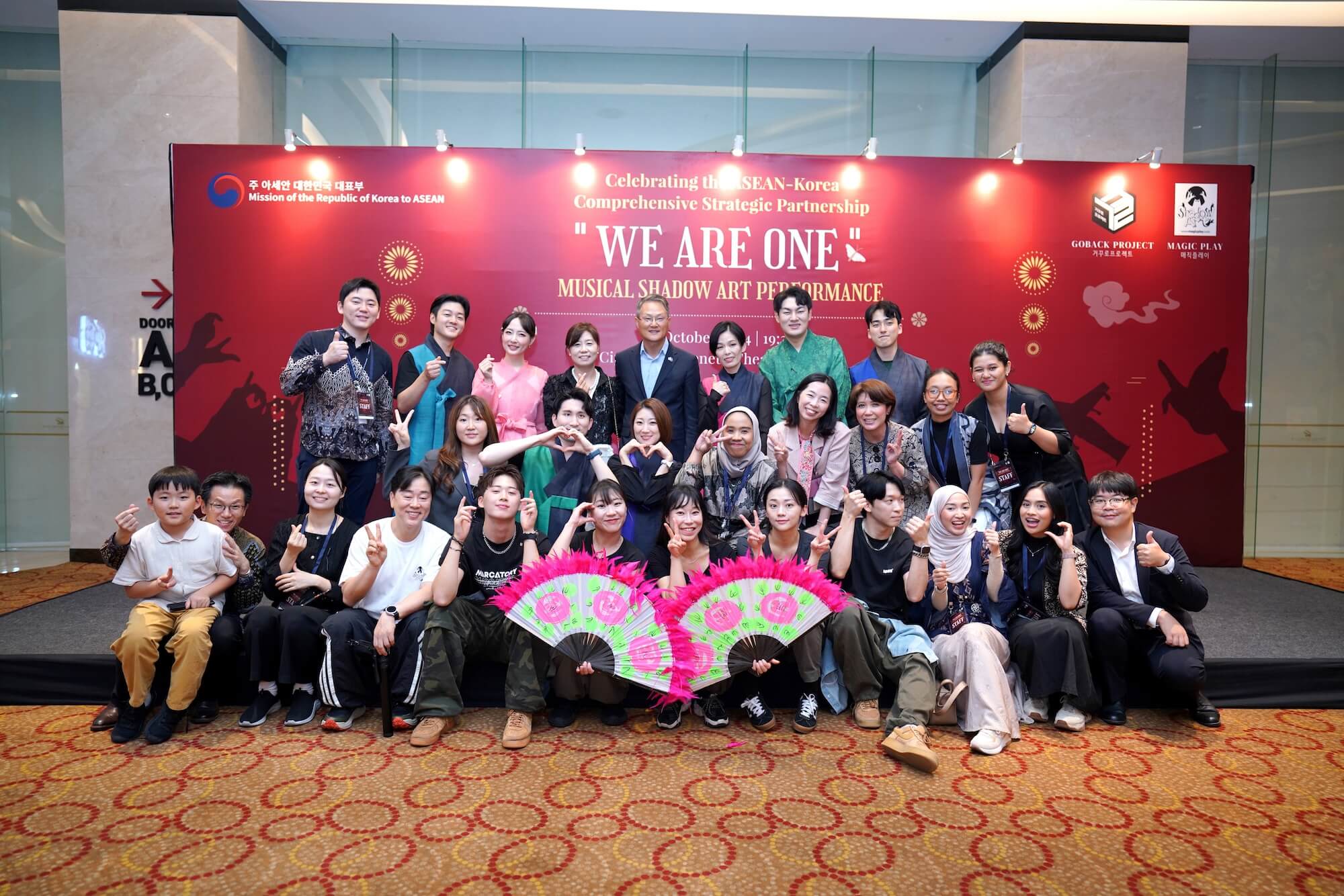





Countries in Southeast Asia have a rich tradition of local games, some dating back to as early as the 8th century. These traditional games are shaped by local culture and the environment, incorporating cultural knowledge, values, and skills. Played by children and adults, these games have served as tools for community building and cognitive development.
Unfortunately, many traditional games have been cast aside and replaced with electronic and commercially produced games. Rural to urban migration has also resulted in space restrictions, hindering the ability to play certain games. These days, many traditional games are played either as part of a cultural showcase or on special occasions in rural communities.
Traditional games have contributed to the cultural heritage of Southeast Asia. Similarities between games played in neighbouring countries contribute towards building a sense of regional community and identity. It is important to create new opportunities for more active participation in these games, particularly for the younger generation. Below are some of the traditional games that are common to various countries in the region:
SEPAK TAKRAW
Countries: Brunei Darussalam, Indonesia, Malaysia, Singapore (sepak raga); Cambodia (sey dok); Lao PDR (ka-taw); Myanmar (ching loong); Philippines (sipa); Thailand (takraw); Viet Nam (cau may)
Sepak takraw and its various regional forms are popular throughout Southeast Asia. Its history can be traced to the royal courts of Melaka in the 15th century as mentioned in the historical text of Sejarah Melayu (Malay Annals). It is also noted that the game was played in the Ayutthaya Kingdom in the late 16th century.
The game is played with a woven rattan ball. Players use their feet, knees, chest, and head to pass the ball between themselves and over the net to their opponent. In certain regions, the game is considered more of an art form to keep the ball aloft in increasingly interesting and graceful ways, rather than being a competitive sport. The standardised version of the game consists of three players on each side, with any of its three players being allowed only three kicks, to keep the ball in control.
This game was incorporated into the 1965 South East Peninsular Games (precursor to the South East Asian Games) and given the official name of sepak, meaning kick in Malay, and takraw, meaning woven ball in Thai. The Asian Sepaktakraw Federation was formed in 1965 to oversee the game in Asia. The popularity of sepak takraw grew over the years and in 1992, the International Sepaktakraw Federation was formed to be the world administering body for the sport.
MANCALA
Countries: Brunei Darussalam, Malaysia, and Singapore (congkak); Cambodia (bay khom); Indonesia (congklak, with regional variations); Philippines (sungka); Thailand (mak khom); Viet Nam (o an quan)
Mancala is a generic name for a broad group of games sharing similar features. Common features include a surface with rows of holes where small stones or seeds are inserted. Dating as far back as the sixth century, it is among the oldest known games still widely played today. Records indicate that the Philippine form of mancala was played in Cebu in the 17th century.
In Southeast Asia, various forms of this game are played, either with a board or drawn on the floor. Boards are boat-shaped blocks, generally made of mahogany or teak, sometimes with intricate carvings. Boards contain two rows of between three to nine circular holes, with an enlarged hole at the end of the board. In places where no boards are used, squares are drawn on the ground instead. A defining feature of the game in Southeast Asia is the existence of holes at the end of the rows, which are used to “house” the stones or seeds collected. Stones, cowrie shells, marbles, saga seeds, or tamarind seeds are used to fill the holes.
Played by two people, the objective of the game is to capture as many of the opponent’s stones or seeds as possible. Players need to employ mathematical and observation skills to ensure that they move strategically in ways that enable them to have the most seeds in their possession.
Mancala boards are now often used for display or decorative purposes. While competitions are still held to showcase it, more needs to be done to revive interest in Southeast Asia’s mancala games. For example, it can be promoted to teach mathematical skills to young children.
POLE CLIMBING
Countries: Indonesia (panjat pinang), Philippines (palo sebo), Thailand (been sao nam-mun)
The game involves a participant or group of participants climbing up a long pole, usually a tree trunk, to collect a prize placed on top. The pole is often covered in grease to make the climb more difficult. In Indonesia, pinang climbing competitions are held as part of its independence day celebrations, while in the Philippines, palo sebo contests are held during town fiestas. In Thailand, been sao nam-mun is played on occasions such as the Buffalo Racing Festival.
TUGGING GAMES AND RITUALS
Countries: Cambodia (teanh prot), Myanmar (lun hswe), Philippines (punnuk), Thailand (chak-ka-yer), Viet Nam (kéo co)
Tugging games and rituals are largely recognised as games played by rice farmers in festivals held to mark the beginning of the agricultural cycle. This ritual has both a spiritual and social significance and is participated in by children, women, and men. Using a rope made from either dried rice stalks, jute, bamboo, or leather, two teams pull from each end of the rope with the aim of tugging it from the other.
Tugging games are held with men against men, women against women, men against women, or other mixed teams. The games are mostly fun and not too competitive. They are meant to build solidarity and a sense of belonging among community members, and instill the importance of cooperation.
In Cambodia and Thailand, tugging games are played right after the New Year in mid-April to mark the start of the rice cultivating season. Similarly, in Viet Nam, tugging games are held as part of the spring festivals within villages. They mark the beginning of a new planting season and express wishes for good crops, prosperity, and happiness. In the Philippines, it is held as the final ritual after the rice is harvested, which signals the end of the agricultural cycle and the beginning of a new one.
The tugging rituals of Cambodia, Philippines, and Viet Nam, together with the Republic of Korea, are listed in UNESCO’s Representative List of the Intangible Cultural Heritage of Humanity.
CHESS
Countries: Brunei Darussalam (catur asli), Indonesia and Malaysia (catur), Cambodia (ouk chatrang), Myanmar (sittuyin), Singapore (xiangqi), Thailand (makruk), Viet Nam (co ngu oi)
Different forms of chess have been played in the region since the 8th century. The traditional versions of chess in Southeast Asia, which are still played today, originated from the Indian board war game called chaturanga. The lexical similarities give away their origin: catur in Brunei Darussalam, Indonesia, and Malaysia, and chatrang in Cambodia. The term sittuyin, as used in Myanmar, is related to the meaning of chaturanga: sit in Myanmar means army and sittuyin represents the four characteristics of an ancient army, which are chariot, elephant, cavalry, and infantry. The war strategy approach remains strong in the versions played in the region, with chess pieces consisting of a minister or general, a chariot, and an elephant, among others, in some versions.
Other forms of traditional chess played in the region include xiangqi, also derived from chaturanga. It is played in Singapore and Viet Nam. Traditional chess played in Viet Nam includes a colorful human chess game known as co ngu oi. Despite the diversity of traditional chess forms, the objective of all these forms remains the same: to force the opponent’s king into a checkmate.
Yesteryears: Games Schoolgirls Played
SAGA SEEDS
Countries: Malaysia, Singapore
Popular until the 1960s, the game involves schoolgirls collecting saga seeds, or if none are available, tamarind seeds. The objective of the game is to win as many seeds as possible. Two or more players sit in a circle and pool their seeds. The player then makes an imaginary line between two seeds. She flicks a seed and gets it to clash with another. If the seeds clash, the player picks them up; otherwise, the player loses a turn.
FIVE STONES
Countries: Brunei Darussalam (simban), Indonesia (gatheng), Malaysia (seremban), Philippines (siklot)
Another game popular with schoolgirls is five stones. Using either five stones or five triangular cloth bags filled with dried beans or uncooked rice, players throw and pick up stones through a sequence of rounds. The winner is the person who completes the most rounds.








